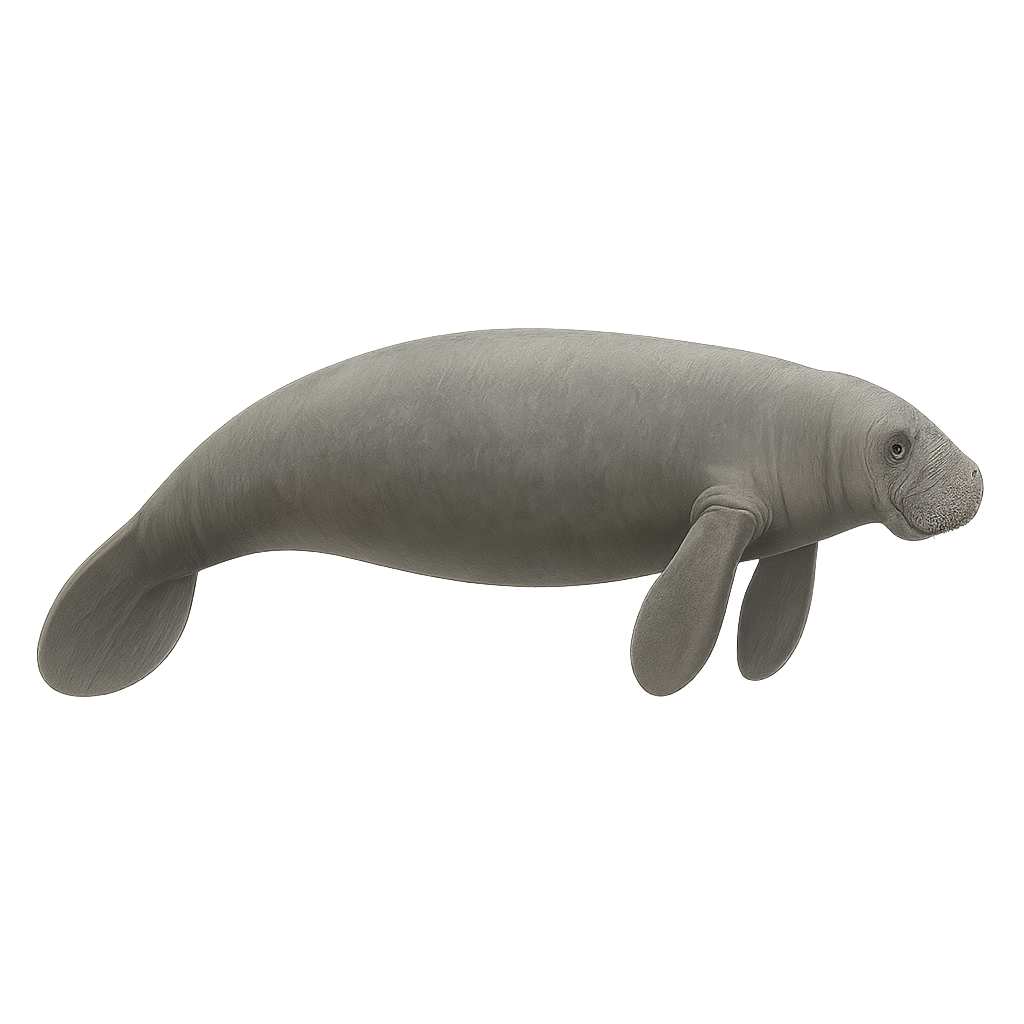Your wildlife photography guide.
Explore the west african manatee in detail, study its behavior, prepare your shots.
Where to observe and photograph the west african manatee in the wild
Learn where and when to spot the west african manatee in the wild, how to identify the species based on distinctive features, and what natural environments it inhabits. The WildlifePhotographer app offers tailored photography tips that reflect the west african manatee’s behavior, helping you capture better wildlife images. Explore the full species profile for key information including description, habitat, active periods, and approach techniques.
West African Manatee
Scientific name: Trichechus senegalensis

IUCN Status: Vulnerable
Family: TRICHECHIDAE
Group: Mammals
Sensitivity to human approach: Not very shy
Minimum approach distance: 10 m
Rut period: December to February
Gestation: 380-400 jours
Births: January to March
Habitat:
Rivers, estuaries, mangroves
Activity period :
Primarily active during the day, with peak activity in the morning and late afternoon.
Identification and description:
The West African manatee, or Trichechus senegalensis, is a fascinating aquatic mammal inhabiting the coastal waters and rivers of West Africa. Recognizable by its massive, streamlined body, thick gray skin, and paddle-shaped tail, it can grow up to 4 meters long and weigh around 500 kg. This peaceful herbivore primarily feeds on aquatic plants. Although often solitary, it can sometimes be seen in small groups. Unfortunately, the West African manatee is threatened by hunting, habitat degradation, and boat collisions. Conservation efforts are crucial to preserving this emblem of African aquatic biodiversity.
Recommended lens:
400 mm – adjust based on distance, desired framing (portrait or habitat), and approach conditions.
Photography tips:
To photograph the West African manatee, it is advisable to use a telephoto lens of at least 400mm to capture detailed images without disturbing the animal. The best opportunities often arise in the calm waters of rivers or estuaries, where natural light can be used to your advantage. Be patient and wait for the manatee to surface for air, providing an ideal moment to capture its distinctive face. Avoid sudden movements and maintain a safe distance of at least 10 meters to avoid scaring it.
The WildlifePhotographer App is coming soon!
Be the first to explore the best nature spots, track rutting seasons, log your observations, and observe more wildlife.
Already 1 430 wildlife lovers subscribed worldwide

